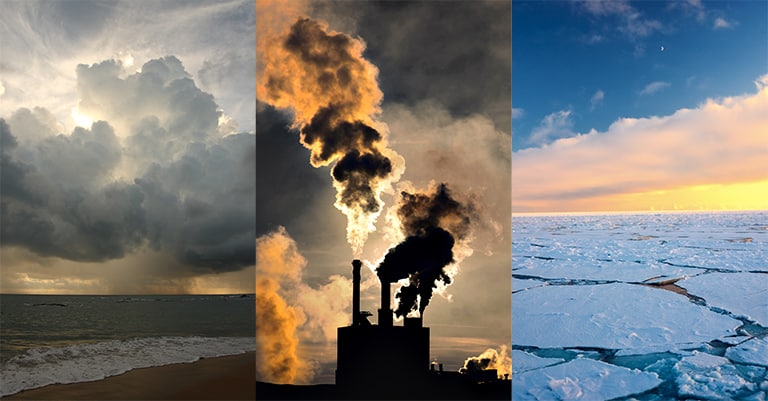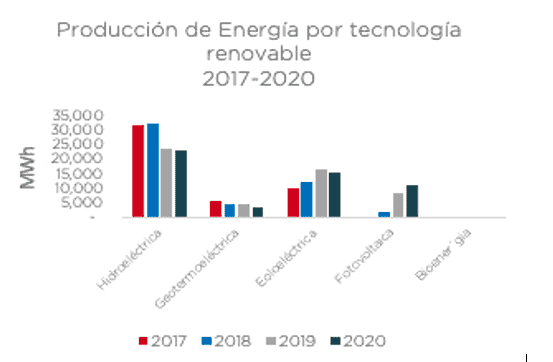The challenges of climate change and the need for an energy transition in Mexico

Climate change not only translates into an increase in the temperature of the planet, but also into more extreme and frequent climatic events. One of these events was the extreme cold in Texas and northern Mexico in February of this year. This event resulted in a drastic reduction in gas and wind power generation capacity due to the freeze in the gas generation and extraction infrastructure in Texas. The significant increase in electricity demand combined with a decrease in generation capacity resulted in power outages for several hours and days.

Due to the above, the following question arises, what would happen if the weather conditions gave a 180 ° turn in the opposite direction in February? So, instead of low temperatures, we would have experienced high temperatures for an extended period. For this, we are going to focus on the impact on hydroelectric generation.
One of the first consequences would have been the decrease in hydroelectric generation capacity. We need to adjust this line- I don’t understand the link – are you saying – Mexico is experiencing a long period of drought in which 75% of the territory would have a water shortage. This means that the water levels in the reservoirs are not at the appropriate levels to be able to guarantee a high degree of generation capacity at a time of year of great demand due to the use of air conditioners and refrigeration systems.
Assuming the continued decline in rainfall levels, the levels of the reservoirs of the hydroelectric plants would be drastically reduced, which would cause low energy production. This low hydroelectric production would lead CENACE to have to make use of other technologies to satisfy the demand for energy in the country, especially in areas with a high concentration of this type of generation. The generation costs of these other technologies are usually higher than hydroelectric generation, causing the marginal price of energy in the market to increase.
In Mexico, the areas with the highest installed capacity of hydroelectric technology (Chiapas, Guerrero, etc.) do not have the adequate infrastructure or the expected investment for the design of a generation matrix that helps offset the decrease in hydroelectric generation without having to resort to generation with diesel and fuel oil A greater penetration of renewables together with the presence of combined cycles would help to have a lower dependence on diesel and fuel oil, which would lower emissions but have a higher generation cost and consequently a greater increase in the electric energy bill.
The hypothetical example of the effects of climate change on hydroelectric generation is a very good example of what could happen to Mexico and why we as a nation need to embrace new policies to reduce emissions and push for carbon when it comes to energy transition. Therefore, we are hopeful we limit any further for carbon neutrality by 2050.
[1] According to PRODESEN 2020-2034, Mexico has 60 hydroelectric plants with an installed capacity of 12,125 MW and an energy production of 23,184 MWh during 2020.



